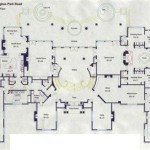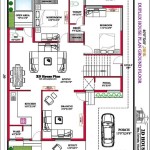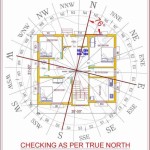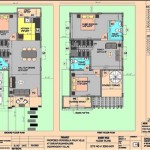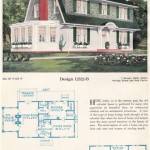Us House Of Representatives Chamber Seating Plan: Essential Aspects
The United States House of Representatives Chamber is a bustling hub of legislative activity, where debates, speeches, and votes shape the nation's policies. The arrangement of seats within the Chamber plays a crucial role in facilitating discussions and ensuring orderly proceedings.
Historical Background
The current seating arrangement evolved over centuries. The first House Chamber, built in 1800, featured a semi-circular design with the Speaker's chair in the center. By the early 19th century, the Chamber was expanded to accommodate a growing number of Representatives. In 1857, the House adopted a rectangular seating plan, which remains in use today.
Seating Arrangement
The House Chamber is divided into two sections: the Majority side and the Minority side. The Majority side, which occupies the left half of the Chamber as viewed from the Speaker's chair, is reserved for Representatives from the party holding the majority of seats. The Minority side is occupied by Representatives from the party holding the minority of seats.
Within each section, seats are arranged in rows. The front row is reserved for senior members, known as "dean" or "deaness," who have served the longest tenure in Congress. Newer members are typically assigned seats further back.
Proximity to the Speaker
The proximity of a Representative's seat to the Speaker's chair can influence their visibility and ability to participate in debates. Members who wish to make speeches or offer amendments to legislation often seek seats closer to the Speaker, where they can easily catch the Speaker's eye.
Party Leadership
The House leadership, including the Speaker, Majority Leader, and Minority Leader, occupies prominent seats in the Chamber. The Speaker sits on an elevated platform at the front of the Chamber, flanked by the Majority Leader and Minority Leader. This arrangement allows the leaders to oversee the proceedings and quickly intervene when necessary.
Committee Assignments
Committee chairs and members often sit together in the Chamber, allowing them to consult and collaborate during debates on issues related to their specific areas of expertise. This proximity facilitates communication and enhances the coordination of legislative efforts.
Significance
The seating plan of the House Chamber is not merely a matter of convenience. It strategically positions Representatives based on their seniority, party affiliation, leadership roles, and committee assignments. These arrangements contribute to the orderly and efficient functioning of the House, ensuring that all members have a fair opportunity to participate in the legislative process.
Conclusion
The seating plan of the United States House of Representatives Chamber is a carefully orchestrated arrangement that facilitates smooth proceedings and reflects the hierarchical structure of the institution. It serves as a visual representation of the power dynamics and political dynamics that shape the nation's legislative decision-making.

Congress Seating Charts Hobnob Blog

Congress Seating Charts Hobnob Blog

United States House Of Representatives Elections 2024 Congress Floor Plan Png 786x649px

United States Capitol D C House Of Representatives Seating Plan Library Congress

United States Capitol D C Principle Floor Plan Vestibule House Of Representatives Senate Chamber Library Respectfully Submitted To The President U By B Henry Latrobe Survr

Seating Chart For United States Senate 31st Congress 1st Session 1850

Senate Chamber Hall Of The House Representatives W I Stone Sc Washn D C Picryl Public Domain Media Search Engine

How The House Got Stuck At 435 Seats Fivethirtyeight

United States Capitol D C Principle Floor Plan Vestibule Library Senate Chamber House Of Representatives Congress

File United States House Of Representatives Chamber Jpg Wikipedia

